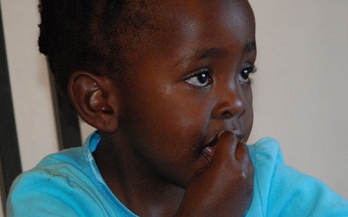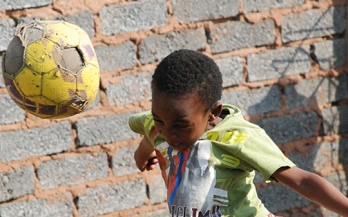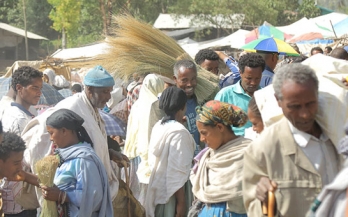Wherever you look in the global food system, there are obvious differences between men and women. These differences are not only intrinsically unjust, they also have functional consequences. And the societal differences between men and women drive malnutrition in the next generation, with both women’s education and the degree of gender equality having been shown to be strong determinants of stunting in children.
5000 adolescent girls – known as the "Golden Girls" – assembled on 19 December 2017 in the Sultana Kamal Mohila Complex, Dhaka, to celebrate the launch of the national "Adolescent Nutrition Campaign". For the Golden Girls – and many more adolescent girls in the country – this campaign represents a window of opportunity to push further the development of Bangladesh.
I just finished reading ‘Why you eat what you eat' by Professor Rachel Herz. Fascinating, and together with Professor Michael Spence’s “Gastrophysics” it caused me to reflect on the radical changes we need to effectively promote healthy and nutritious diets, and reverse the out-of-control trends in malnutrition affecting every country.
Funding for nutrition has increased significantly over the past 10 years, which is a very good thing. So has the number of initiatives, organisations and programmes addressing nutrition. But is this an unqualified good thing?
Kenya was one of the Global Nutrition Report’s (GNR) star performers in 2017 in terms of stunting reduction – with levels nationally of 26%. Yet, the country is in full “double burden” mode with undernutrition and other manifestations of malnutrition such as obesity and diabetes running in parallel, often in the same communities or families.
Babies are the nutritionist’s biggest challenge. Their rapidly developing minds and bodies need large doses of nutrients, yet their stomachs are small and unable to hold much of anything. This is why nutritionists have worked for decades on the development of special foods for low-income settings, including both fortified porridges and fortified products in powder or paste form which can be added to standard family foods.
New IFPRI paper pulls together data on the food intake of 112,553 children 6-23 months old contained within Demographic and Health Surveys (DHS) across 46 low and middle income countries since 2006.
Osgood-Zimmerman and colleagues just published an article in Nature that, for the first time, provides high-resolution maps of child growth failure (stunting, wasting, and underweight) across Africa. They mapped data from over 1 million children from 51 countries at a 5×5 km resolution as well as at the largest administrative subdivision from 2000 to 2015.
Last week the Food and Agriculture Organization (FAO) hosted the launch of a new report by the Global Panel – “Improving diets in an era of food market transformation – challenges and opportunities for engagement between the public and private sector”. Its main point: market forces are remaking the world food system at lightning speed, what should we do to make sure this reduces, not adds to, malnutrition?
This is an exciting time to be in Ethiopia. A new Prime Minister, Dr. Abiy Ahmed Ali, was appointed in early April and the newly reshuffled cabinet was announced last week. We will certainly be working with GAIN and partners in Ethiopia to try to convince the new PM and his team that malnutrition sits uncomfortably in a nation that sees itself as a middle income country by 2025, a leading light in Africa, and a source of manufacturing and innovation.










